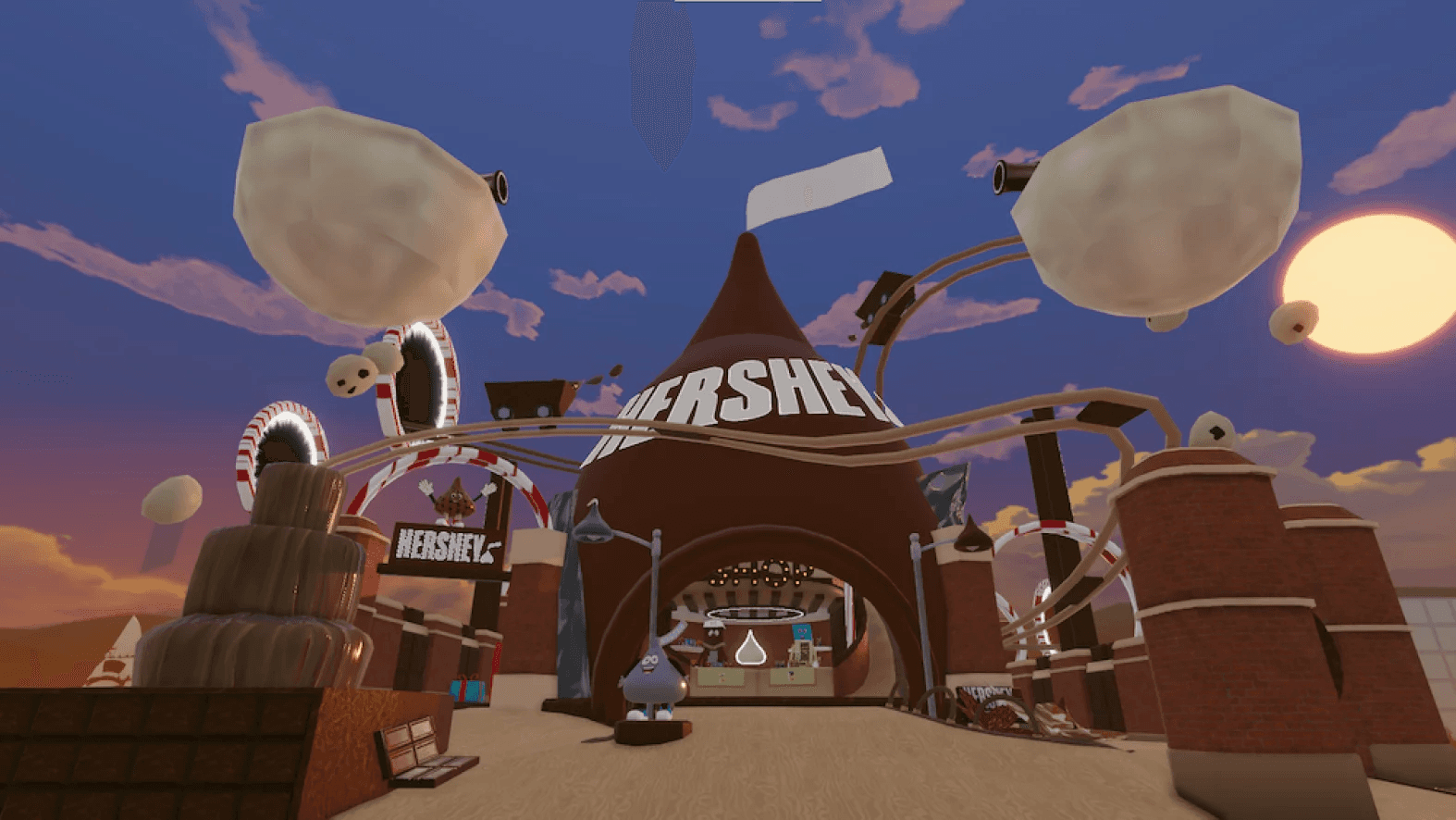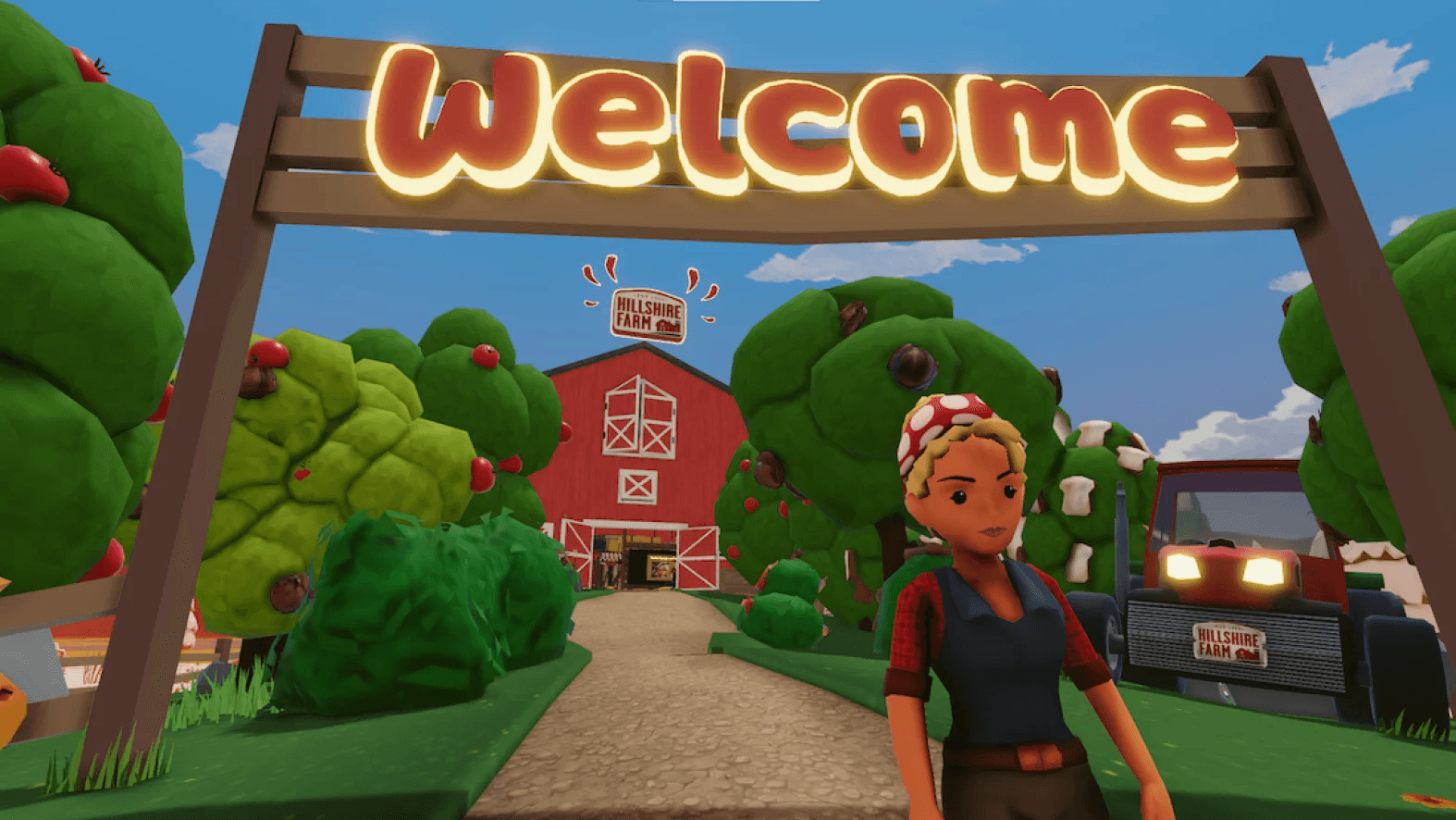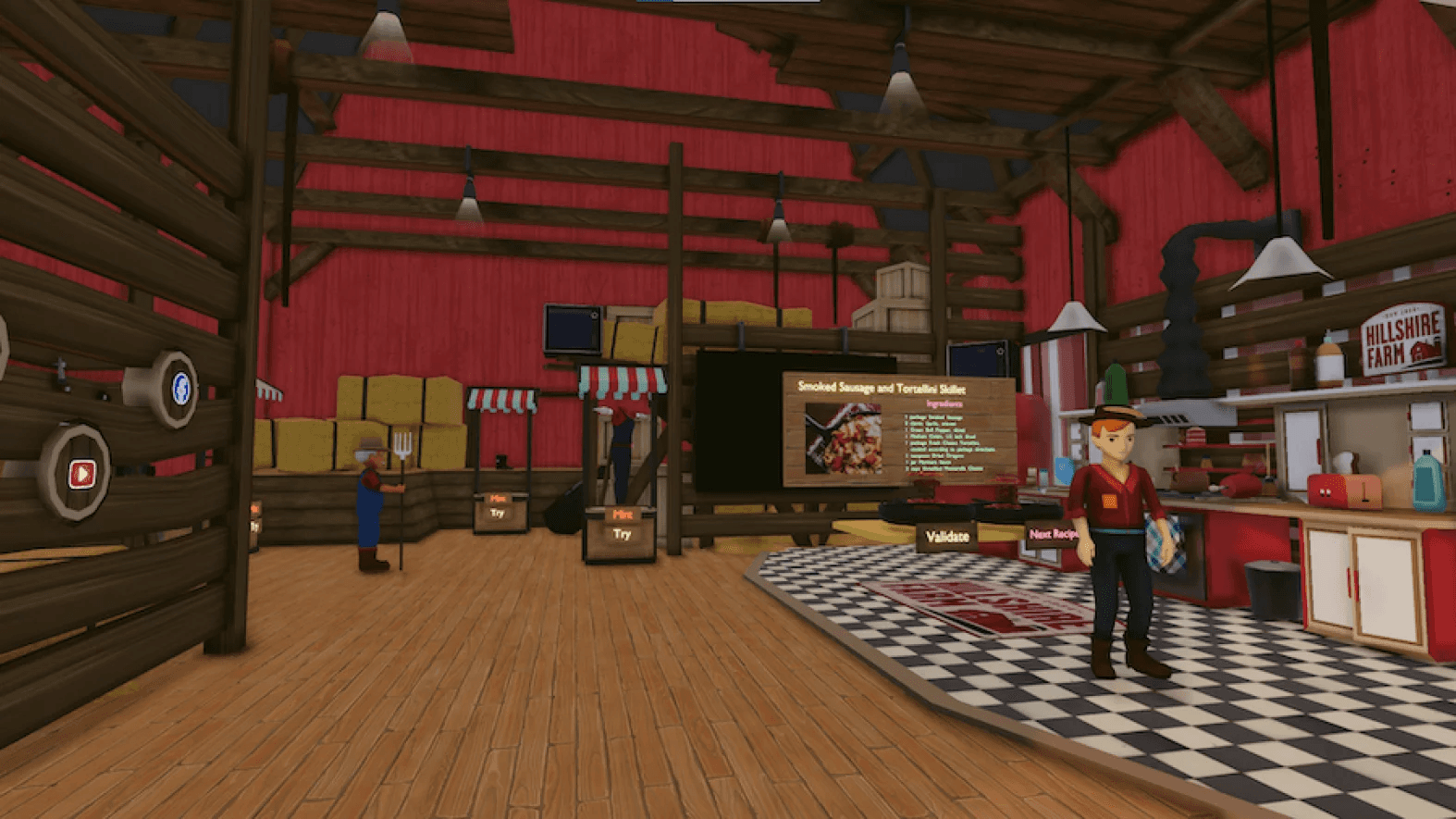Back to Blog
How to build in Decentraland
Mar 16, 2023
Martin Petkov
Building in Decentraland enables you to create anything from 3D assets to interactive games and experiences. It gives users limitless possibilities to be creative, primarily because they have significant control over the land. The platform’s tools, like the Decentraland Software Development Kit (SDK) and community resources, make it easy to create complex custom content. While these tools help facilitate builds, users must understand the process for purchasing land or parcels of land in Decentraland’s metaverse to begin building.
What is Decentraland?
Decentraland is a virtual world that allows users to buy, sell, and build on virtual land using blockchain technology. It is built on the Ethereum blockchain and operates its own cryptocurrency, MANA, as its primary means of facilitating transactions related to real estate, virtual goods and services. These metaverse mechanics create an immersive digital experience for users driven by augmented and virtual reality, allowing them to connect and interact in a shared environment. Decentraland mirrors the aspects of a digital game in a 3-D format, but the land’s use cases go far beyond it. Users can create and enjoy experiences, from games and entertainment to art galleries and museums, on the platform.
Decentraland’s three-dimensional virtually constructed space is called ‘LAND’, a non-fungible token that helps assign ownership of parcels of land to users. These pieces of digital real estate become permanently owned once bought by a member using the MANA crypto token.
Compared to other Metaverse applications, a key differentiator for Decentraland is that its users can build and administer their virtual world through its decentralised autonomous organisation (DAO). The DAO gives users a say in the land’s in-game rules and organisational policies, giving users complete control over their virtual land and the content they create. This allows endless possibilities for creativity and expression.

HERSHEYVERSE in Decentraland
Metaverse building in Decentraland
Decentraland provides a unique opportunity for users to build and create in a virtual world, from small buildings to entire cities. Here are some essential points to keep in mind when building in there:
Creating 3D assets
Creating 3D assets for Decenraland is crucial to unlocking the power of a three-dimensional virtual world.
Decentraland uses a 3D modelling software called Blender to create and design virtual objects and scenes.
Once users create assets on Blender, they must upload them in a glTF format into a new ‘Asset Pack’ on Decentraland’s Builder tool.
Using Decentraland’s builder tool
Users can start creating and publishing scenes that are 3D models of the finite space in Decentraland using the Builder tool, a simple visual editor software.
The tool runs on the browser and can be easily accessed online.
To deploy a build on LAND parcels a user owns in Decentraland, the shape of the scene must fit within the location it will occupy.
The Builder tool can only create rectangular scenes, so the Decentraland SDK must be used for creating irregular-shaped scenes.
Using the Decentraland SDK
The Decentraland SDK (Software Development Kit) provides tools and resources for developers and creators to build custom content for the platform, making development significantly easier.
For coding newbies, Decentraland’s native development kit is ideal, but brands looking to build customised content should opt for the SDK, an advanced software development tool.
Scenes in Decentraland can be created with the Decentraland SDK by writing in Typescript (Javascript + Types).
Coding advanced games and animations is also possible with the Decentraland Software Development Kit.
Creating interactive games and experiences
Decentraland also allows you to create interactive experiences, such as games, mazes, and puzzles on its platform.
Building interactive games requires understanding the type of players, game mechanics and technical limitations of Decentraland.
Users can run gaming guilds better by using a DAO to eliminate issues around trust and accountability among players and create defined records of titles, roles, and standards.
Engaging with Decentraland’s community of developers
Decentraland also has an active community of developers and creators who share tips and resources on building in the platform.
Community members can also attend ‘Ask Me Anything’ sessions hosted by Decentraland’s tech teams that can help users put forth questions, concerns or any points regarding the platform.

Hillshire Farm experience in Decentraland
Buy land in Decentraland
To start building in Decentraland, a user must own virtual real estate on the platform. To buy land in Decentraland, users could either work with a metaverse land concierge like LandVault or follow these steps:
Step 1: Create a wallet and acquire MANA
To make their initial land purchase in the metaverse, users must have a wallet and connect it to Decentraland. MetaMask would be the ideal wallet choice, but Decentraland also supports other crypto wallets like Fortmatic, WalletConnect, and Coinbase Wallet. There are a few things to keep in mind while connecting a crypto wallet - here are the steps to follow when connecting MetaMask to Decentraland:
Create a MetaMask account
Access Decentraland’s browser version
Select ‘Play Using Wallet’ and wait for a pop-up screen to appear
Select the wallet you want to connect - in this case, that would be ‘MetaMask’, and approve the transaction in the pop-up notification received
Once the user sets up the wallet, acquiring MANA, the primary currency used in Decentraland, is vital to start making purchases. Users can purchase MANA on various cryptocurrency exchanges like Coinbase, Huobi and Binance. After buying the currency, the user must deposit the funds into their account so there is enough cryptocurrency to purchase lands.
Step 2: Browse available lands
The next step to acquiring land on Decentraland is choosing the piece of virtual land or LAND parcels from those available on the platform’s metaverse. Users can browse a map of available lands on the Decentraland Marketplace and examine their proximity to other attractions and lands. Clicking a parcel of land will display more information about it, including the location and price of each land, to help make an informed decision.
Step 3: Make an offer
Once a user has found a land or parcel of land they are interested in, they can either make an offer to the current owner or buy the estate at the current listed market price by selecting the ‘buy’ or ‘bid’ option. If a user selects the ‘bid’ option, they’ll be directed to a window asking for further details about the amount of MANA the user wants to offer the seller and the date the user wishes the offer to expire. A bid can be open for no longer than six months, following which it automatically expires if not accepted. Owners can accept, reject, or counter the offer during the bid period.
Step 4: Secure the land:
Once the land owner accepts the offer, the user must transfer the MANA to the owner's wallet and claim the land on the Decentraland platform. The non-fungible token (NFT) of the parcel of land will appear in the user’s connected wallet and can also be viewed by connecting the wallet to the OpenSea platform. It is ideal if users secure the land by transferring it and storing it in a hardware wallet.

Hillshire Farm experience in Decentraland
What metaverse platforms are like Decentraland?
Decentraland is not the only platform that offers immersive and shared digital experiences. There are several metaverse platforms similar to Decentraland, including:
Second Life: Launched in 2003, Second Life allows users to create and customise their avatars, buy and sell virtual goods, and build on virtual land. It differs from Decentraland in two key ways. First, it is a centralised platform owned and controlled by a single company. Conversely, Decentraland runs on blockchain and is governed by its users. Second, since Second Life is an older platform, it has a larger user base and a more established economy where users can trade virtual goods and services using its virtual currency. On the other hand, Decentraland uses its own cryptocurrency, MANA, to facilitate transactions.
Somnium Space: Like Decentraland, Somnium Space is a blockchain-based immersive virtual world designed to support a range of VR headsets. Its 3D environment is highly detailed and interactive. While Decentraland also supports VR, it is mainly intended to be accessed using a web browser or a phone. Like Decentraland, Somnium Space allows users to create, experience, and monetise content and applications in a decentralised and open environment. The transactions on Somnium are facilitated using its own cryptocurrency, Cubes. Another key differentiating factor is that the virtual land available on the platform to trade is limited compared to Decentraland.
The Sandbox: In the increasingly crowded market of virtual economy platforms, The Sandbox positions itself differently. The Sandbox is primarily a gaming platform allowing its users to create virtual worlds, games, and experiences using its proprietary voxel-based editor. It also uses a native cryptocurrency, SAND, for platform transactions. The Sandbox has partnerships with several major gaming companies and franchises, such as Atari and Smurfs, to bring popular gaming IPs to the platform. Decentraland has gaming elements but is less heavily focused on gaming than The Sandbox.
Conclusion
In conclusion, Decentraland creates unique opportunities for developers and users to build in its world because they have the power to create and run the metaverse through its decentralised autonomous organisation (DAO). Users can develop a wide range of advanced builds from 3D assets, interactive games and animations through the platform’s tools like its 3D modelling software called Blender, the Decentraland SDK and support from the massive community of developers. Once users set up their cryptocurrency wallet and load it with Decentraland’s currency - MANA, they can select their preferred parcel of land to purchase and start building once the transaction is completed.
If you are a Web3 builder or developer looking to leverage the metaverse to create your own virtual experience, we can help you build, scale and monetise your idea. Get in touch with us today!
Mar 16, 2023
Martin Petkov
Subscribe to our monthly newsletter
About Landvault
Landvault is building infrastructure to accelerate the metaverse economy, by building tools to create, deploy and monetize content. The company has helped over 200 clients enter the metaverse, including both Fortune 500 companies and government organizations like the Abu Dhabi government, Mastercard, L’Oreal, Red Bull, and Heineken. The company has raised a total of $40m over the past three years and continues to pioneer technological advancements.
